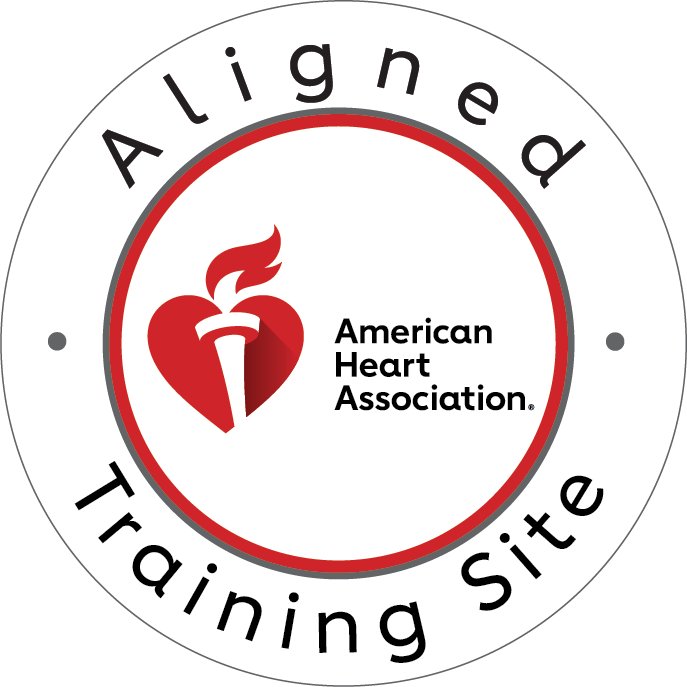Nearly 1 in 10 people will experience a seizure at some point in their lifetime. Seizures are most commonly caused by epilepsy and can range from small twitches or convulsions to full-body convulsions, muscle spasms, and loss of consciousness.

Introduction
Nearly 1 in 10 people will experience a seizure at some point in their lifetime. Seizures are most commonly caused by epilepsy and can range from small twitches or convulsions to full-body convulsions, muscle spasms, and loss of consciousness. During a seizure, you may see someone's body shake or muscles stiffen as they lose control of their movements for several minutes. If you know what to do when someone is having a seizure, you can help them stay safe and prevent serious health complications like suffocation or organ damage. This guide will walk you through how to respond if someone near you is having a seizure so that you can keep yourself and the person experiencing the seizure safe until medical attention arrives.
Stay
First, stay with the person. Don't leave them alone until they are fully alert again and someone else arrives to assist. Even if you think they've stopped seizing, they may still be having what's called "post-ictal" activity (sometimes just called "post-seizure"), which can last for several minutes after the seizure is over. Also, if you're not trained to provide first aid or medical care and aren't sure how long it will take for emergency help to arrive on scene, do not attempt a self-rescue until help arrives.
Safe
- Stay with the person. If you can, sit down next to them and place a hand on their shoulder or arm. Keep them safe from injury by not moving too far away from them, especially if they are experiencing an aura (which may cause them to lose consciousness).
- Do not restrain the person. Do not try to hold down or physically restrain a person who is having a seizure—this could cause more harm than good! Instead, make sure that there are no objects around that could injure the person during their seizure.
- Do not put anything in their mouth or nose (if possible). Some people have been known to bite off their tongue while having a seizure; this is why it’s important to keep objects out of their way during one!
Side
>It's important to stay with the person until the seizure is over. If they have fallen, protect them from injury. You may have to move or lower furniture that they could hit their head on. Do not restrain the person and do not put anything in their mouth, even if they seem to have swallowed something dangerous — that could cause choking or medical complications.
>If someone has bitten their tongue or cheek during a seizure, try gently wiping away any blood so that it doesn't get into their lungs (which can happen when you breathe through your mouth).
It's as easy as Stay. Safe. Side to help someone having a seizure
In a professional tone:
Stay calm. If you are with someone who is having a seizure, stay calm and stay with them. Try to keep the person from hurting themselves during their seizure. Be prepared for possible injuries and have emergency contact information available in case of an injury or medical emergency.
Stay out of the way. If it’s safe to do so, move objects away from the person having the seizure so they will not hurt themselves on those objects during their seizure. Do not try to restrain them or hold them down as they may still be dangerous even though they are unconscious (e.g., biting their tongue). The goal is just to make sure that nothing falls on top of them that could cause further injury if they fall off something high up (or on top) like stairs etc…
If your loved one does fall off something high up then be prepared for more severe injuries than usual! It is recommended that anyone over 50 years old gets checked out by hospital staff immediately after any fall due to increased risk factors associated with age such as osteoarthritis etc...
As discussed earlier here is a list. Remember the following:
- Never restrain the person.
- Never put anything in the person's mouth.
- Never try to put something between their teeth.
- Never try to hold their tongue.
- Never put ice on the person's head, as this could cause brain damage by increasing blood flow when there is a lack of blood flow due to high body temperature resulting from seizures (heat stroke).
- Do not give them anything to eat or drink until after the seizure has stopped.
When to Call for Emergency Help for someone experiencing a seizure.
- Call 911 if the person is having a seizure for the first time.
- Call 911 if after 5 minutes, they are still experiencing the seizure.
- Call 911 if the seizure occurred in a body of water.
- Call 911 if the person is injured, pregnant, or sick
- Call 911 if the person asks for medical help
- Call 911 and start CPR if the person stops breathing
Conclusion
Remember the seizure first aid tips: stay, safe and side. It's important to remember that all seizures are not alike, so it is a good idea to be educated about many different kinds of seizures. The most important thing you can do is stay calm and remember these three words, "stay," "safe" and "side."
You can learn all about seizures and more by earning your American Heart Association First Aid CPR AED Certification at Willow Grove CPR. Schedule your in-person training class now.




